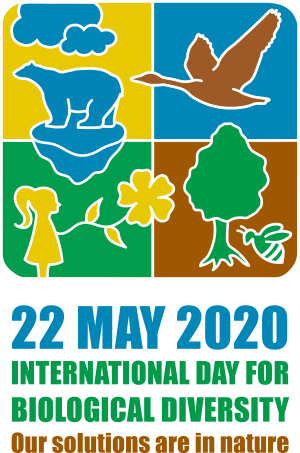 Happy International Day for Biological Diversity 2020!
Happy International Day for Biological Diversity 2020!
On this day, we wanted to share a few glimpses of our most recent field work:
We were finally able to – with some precautions in place – resume our field activities again this Tuesday; we had a lovely day trip in the sun to Biskopshavn, a locality just a few minutes drive away from the lab.
Here we collected animals from the shallow sub-littoral (from just below the tide mark to ~3 m depth) for the new project on Copepoda (see more about that here), and for Invertebrate fauna of marine rocky shallow-water habitats (Hardbunnsfauna).
Below is a short video from the field & lab (including the inevitable Littorina on the lam!), and a few of our findings from the day.

This is a polychaete in the family Syllidae. If you look at the tail end on the top image, you can see that it is about to breed: these animals can do so with schizogamy, which is the production of stolons (enlarged in lower image) which are budded off and become pelagic, swimming away to breed. The stolons form complete new animals, but differ from the stock animal in a number of respects, such enlargement of the eyes, reduction of the gut, and different musculature. The stolons die after breeding.

One of the animal groups Hardbunnsfauna is focusing on is the Bryozoa, or moss animals. Pictured is a Bowebankia spp. Due to COVID we haven’t been able to host our international specialists here this spring. We are amassing a nice collection of animals, and do our best to identify them – we will begin preparing plates for DNA barcoding soon, and then involve the taxonomists once we have the results.
-Katrine, Cessa & Jon
